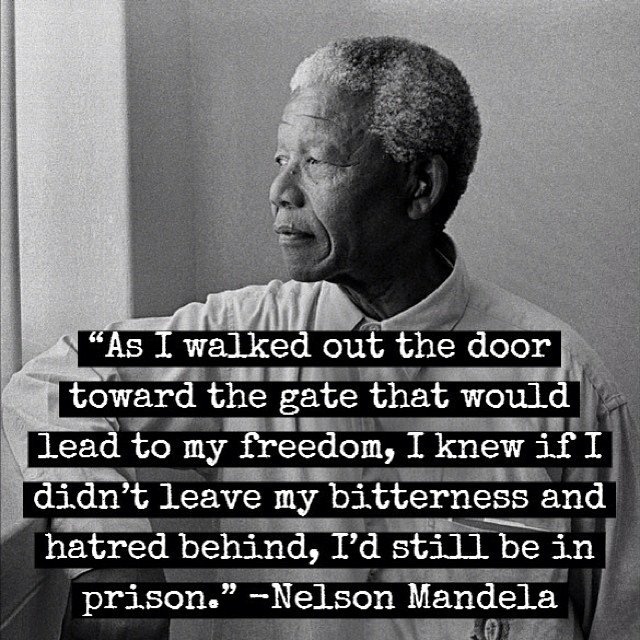Resources > Blog > It’s Not Over ‘til It’s Over: The Importance of “Closure” in Workplace Disputes

During my years as legal counsel in workplace-related litigation, I assumed that the dispute or grievance for which I had been retained “ended” when the award/decision was issued and implemented. Through our formal process, the parties had been provided with “findings” and “conclusions” regarding what had transpired. What more did they need?
How wrong I was.
In my current work, I diagnose and help remedy prolonged and often complex workplace dysfunction. Through this experience, it has become abundantly clear that waiting for – and relying upon – a formal third party decision does not guarantee a solution to any “problem”. Engaging a formal process and relying on a formal decision often delays the healing, problem-solving and restoration that is vital for individuals (and teams) to truly let go of the past and move forward in a productive, constructive and focused manner.
Through my years of experience in working with workplace dysfunction, I share with you the following observations I have made:
- The longer any workplace dysfunction continues (between individuals, amongst teams, or otherwise), the more difficult it will be to substantively “resolve” the issues at play. As time passes, parties become increasingly positional and invested in their “stories” and the “correctness” of their positions. As this unfolds, they become less willing to compromise, “solve the problem” and rebuild their relationship.
- Third party awards focus on making findings of fact and drawing conclusions about historical events. This often retriggers “old” emotions and reawakens the drama and trauma associated with events that have long-since passed, which serves to widen the gap between those involved.
- Third party awards rarely include a consideration of the broader dynamics affecting the dispute in question nor do they offer more general remedies that are required in order to resolve those dynamics. This is because arbitrators and courts often lack the necessary jurisdiction to “solve the problem” – their mandate is restricted to drawing conclusions about narrowly defined disputes.
- Rarely, if ever, does the party who “loses” a case read the award and say “Ohhhhh, I must have been mistaken. Let’s head back to work and reconnect”. Instead, that party is more likely to conclude that the adjudicator “got it wrong” or was “hoodwinked” or “manipulated” by the other side. They maintain their perspective and position, with perhaps even more vehemence than before, along with anger and resentment over how the process unfolded. No award, no matter how well written or thoroughly analyzed, will persuade someone out of his/her personal perspective or emotional experience regarding what happened.
- In many workplaces, following implementation of the final award/report, parties, bystanders and witnesses to the adjudicated “event” return to the worksite. The file is “closed” and everyone is expected to resume their normal day to day interactions with each other. This is unrealistic and untenable. In intense, emotional and adversarial situations, individuals and teams cannot magically “move forward” in the face of the residual negative dynamics associated with both the events that led to the formal processes as well as the “formal processes” themselves.
The Importance of Closure
In order to assist your team in moving forward, it is critical that workplaces take steps to help individuals rebuild the trust and communication that is often lost through prolonged workplace dysfunction. This is why, through my MIRROR method on team respect and individual accountability, I have dedicated an entire step to the process of closure (“O” – Operational Restoration).
Through “Operational Restoration”, those involved in the initial dysfunction and/or subsequent formal “resolution” processes, should be supported through a guided facilitation by an expert in the field of workplace dysfunction. This process should be two-fold in nature.
First, individuals should be allowed to debrief in a safe and respectful venue, one that protects the specific confidentiality of those involved while simultaneously allowing everyone to talk about their unique experiences with the dysfunction, regardless of their particular role in it.
After debriefing, individuals and teams should work together to build a specific framework on how they plan to move forward (based on their past experiences with what has worked and what hasn’t).
Following this restorative process, individuals must “let go” of the past, and of talking about the past, at least during their time at work (but hopefully, for their sake, during their time at home as well). They do not need to agree with the outcome of the formal or restorative processes or personally accept the decision that was rendered or the current state of the workplace. They must, however, acknowledge that it is what it is, it is done, and they must move forward as a constructive and contributing member of their team. If they fail to do so, then they must be held accountable for their ongoing negative talk and fixation on the past. Those few staff who refuse to “let go” burn out the many staff who have let go and wish the others would as well.
As noted by the brilliant Nelson Mandela in the quote above, the longer that someone holds on to bitterness, hatred or hostility, the longer they remain entrenched in the negativity associated with the past dysfunction. No external process will resolve the dispute if the “internal battles” are permitted to carry on indefinitely. As leaders, it is critical to recognize this fact and take all reasonable steps to assist your team in building a constructive path forward.
– Marli Rusen
Please contact Marli to learn more about the MIRROR method, and in particular, to discuss how she can assist you and your team with a customized restorative process following a formal investigation or hearing.
